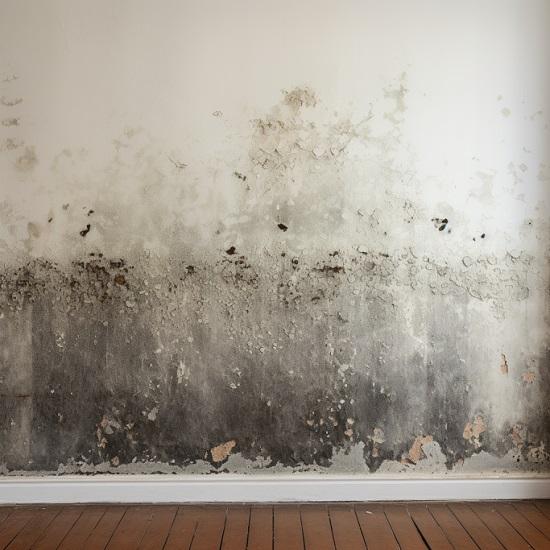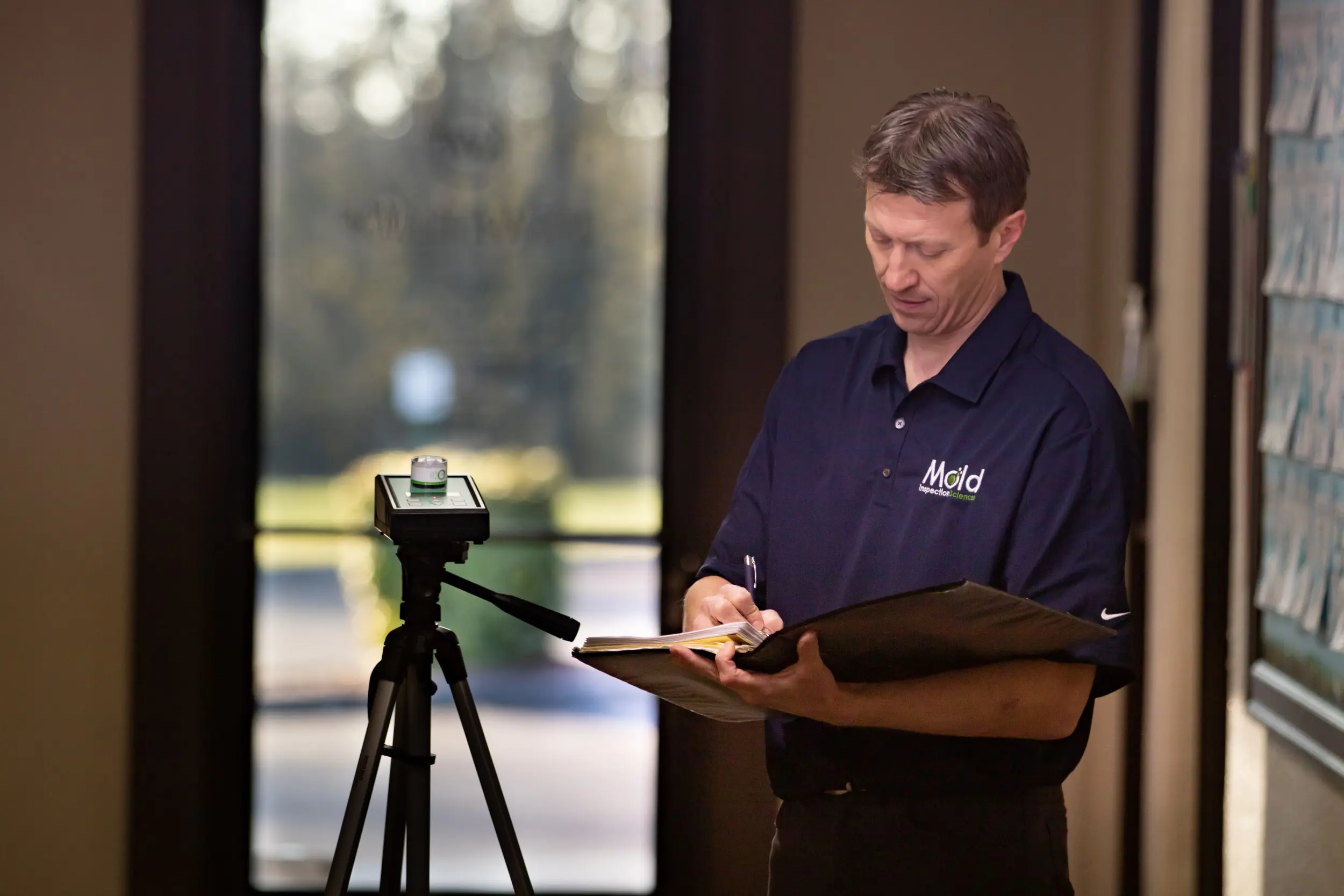Efficient Post Mold Remediation Cleaning Protocols
Efficient Post Mold Remediation Cleaning Protocols
Blog Article
Effective Blog Post Mold And Mildew Removal Solutions for Your Home
Mold and mildew development in homes can be a persistent issue, commonly requiring a systematic strategy for effective post-remediation options. From understanding the aspects that add to mold growth to executing proper cleansing strategies and dampness control procedures, the process can be elaborate yet vital for preserving a healthy living atmosphere. Post Mold remediation cleaning.
Recognizing Mold And Mildew Growth Aspects
Mold and mildew growth is affected by a range of factors that are important to comprehend in order to properly resolve and stop its expansion. Comprehending these variables is vital in applying effective mold and mildew removal approaches. The main factor adding to mold growth is moisture. Mold and mildew spores call for wetness to sprout and thrive, making damp or moist atmospheres extremely prone to mold and mildew invasions. Poor air flow can likewise bring about moisture accumulation, producing a suitable breeding place for mold.

Furthermore, air movement and light exposure can affect mold development. Areas that do not have appropriate air flow and all-natural light are a lot more prone to mold growth. By dealing with these factors thoroughly, people can efficiently reduce mold development and protect their living settings.
Proper Mold And Mildew Cleansing Methods
Making use of effective cleansing methods is necessary in preventing the reoccurrence and addressing of mold and mildew contamination in interior settings. When managing mold, it is crucial to prioritize safety by using safety gear such as masks, safety glasses, and handwear covers. The primary step in proper mold cleansing is to have the afflicted location to avoid the spread of spores to uncontaminated locations. This can be attained by sealing the space and using air scrubbers or unfavorable air machines to preserve air quality.

Carrying Out Dampness Control Measures
To properly stop mold growth and contamination in interior settings, implementing wetness control procedures is vital. In addition, ensuring appropriate ventilation in areas susceptible to moisture buildup, such as kitchen areas and washrooms, can aid decrease the threat of mold and mildew development. By vigilantly carrying out these dampness control steps, house owners can properly decrease the probability of mold recontamination and preserve a healthy indoor environment.
Utilizing All-natural Remediation Solutions
After successfully executing moisture control steps to stop mold development in interior environments, homeowners can currently explore the efficiency of natural removal services in preserving a healthy space. Natural removal solutions make use of eco-friendly approaches to combat mold and mildew and mildew, making them a popular choice for those looking for safe alternatives. One such solution is making use of vinegar, an all-natural antimicrobial agent, to disinfect and tidy surface areas infected by mold. Simply dilute vinegar with water and spray it onto the impacted areas, enabling it to rest for a few hours prior to wiping tidy. Furthermore, tea tree oil, understood for its antifungal homes, can be blended with water and splashed onto mold-infested surfaces to inhibit additional development. Another natural option is hydrogen peroxide, which pop over here can successfully eliminate mold on numerous surface areas without leaving damaging deposits behind. By incorporating these natural removal options right into their cleaning routines, house owners can efficiently fight mold and find more mildew development while advertising a much healthier interior atmosphere for themselves and their families.

Keeping a Mold-Free Atmosphere
Routinely inspecting locations susceptible to mold and mildew growth, such as restrooms, attic rooms, cellars, and kitchens, is vital. Proper air flow in areas with high humidity degrees is also crucial to protecting against mold and mildew development.
Furthermore, preserving cleanliness in the home is essential for mold avoidance. Maintaining indoor plants in check and making sure appropriate water drainage in outside landscape design can reduce dampness accumulation, reducing the chance of mold problems.
Final Thought
Finally, it is important to deal with mold and mildew development variables, make use of proper cleaning methods, execute dampness control actions, utilize all-natural removal remedies, and keep a mold-free environment in order to successfully deal with article mold and mildew remediation in your home - what to do after mold remediation. By following these methods, you can prevent mold and mildew from persisting and guarantee a healthy living environment for you and your family
The main factor adding to mold development is moisture. Mold spores require dampness to germinate and flourish, making moist or damp atmospheres extremely prone to mold problems.To properly prevent mold and mildew development and contamination in indoor atmospheres, executing dampness control measures is extremely important. Furthermore, guaranteeing proper air flow in locations prone to moisture build-up, such as shower rooms and kitchen areas, can help lower the threat of mold growth.After efficiently applying moisture control actions to avoid mold and mildew growth in indoor atmospheres, house owners can read review currently discover the efficiency of all-natural removal services in maintaining a healthy living area.
Report this page